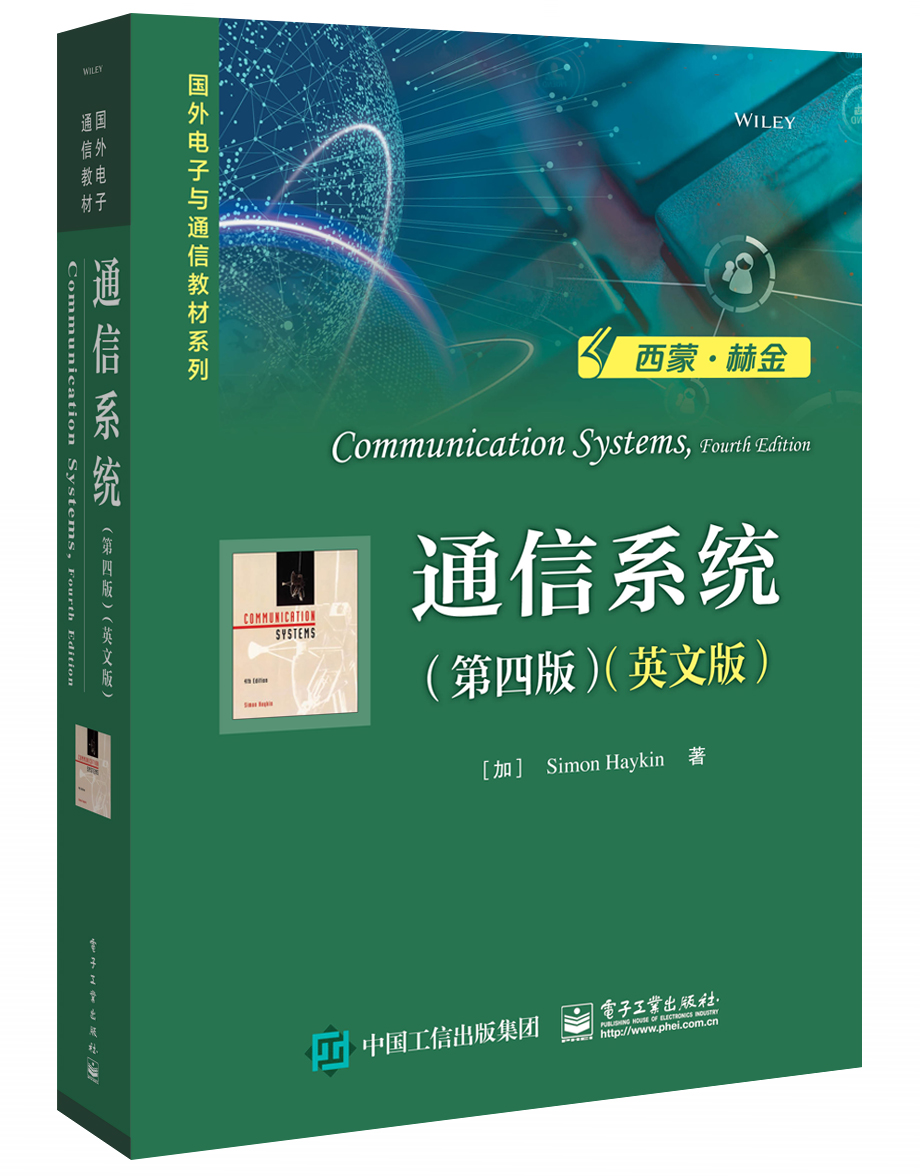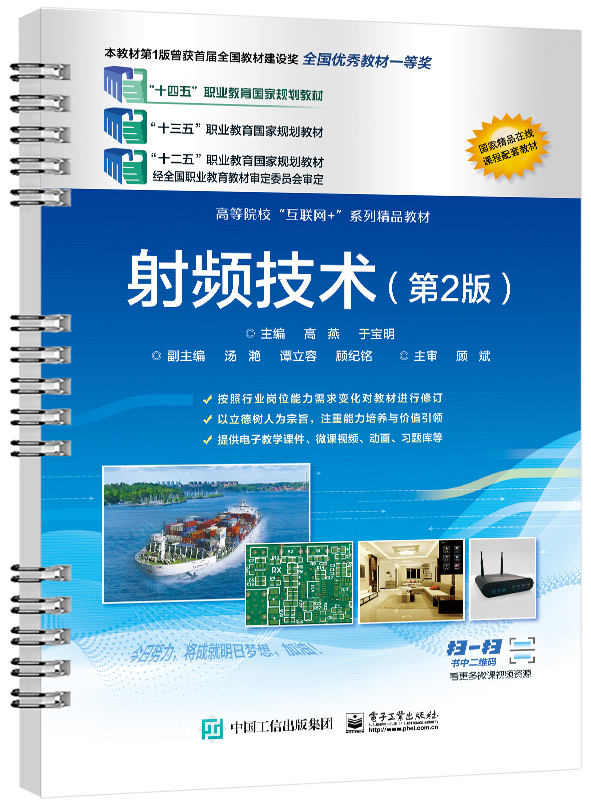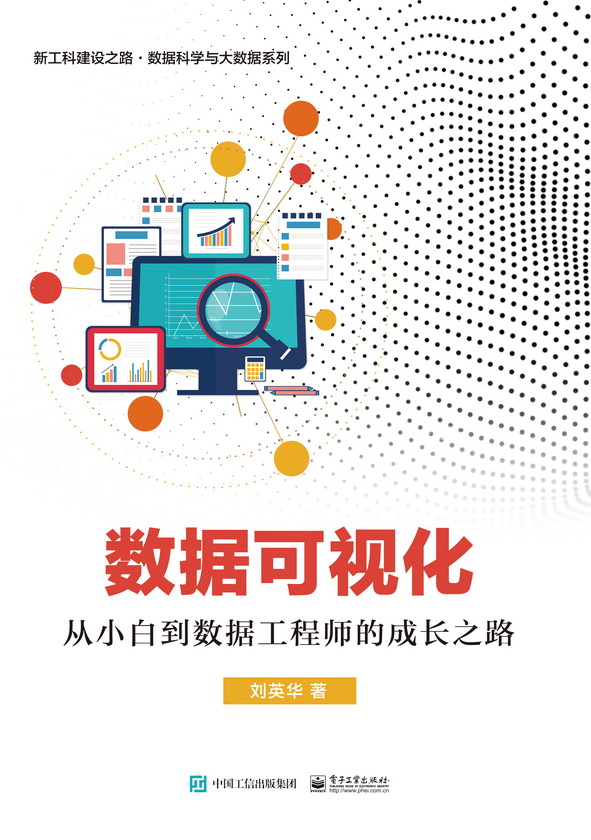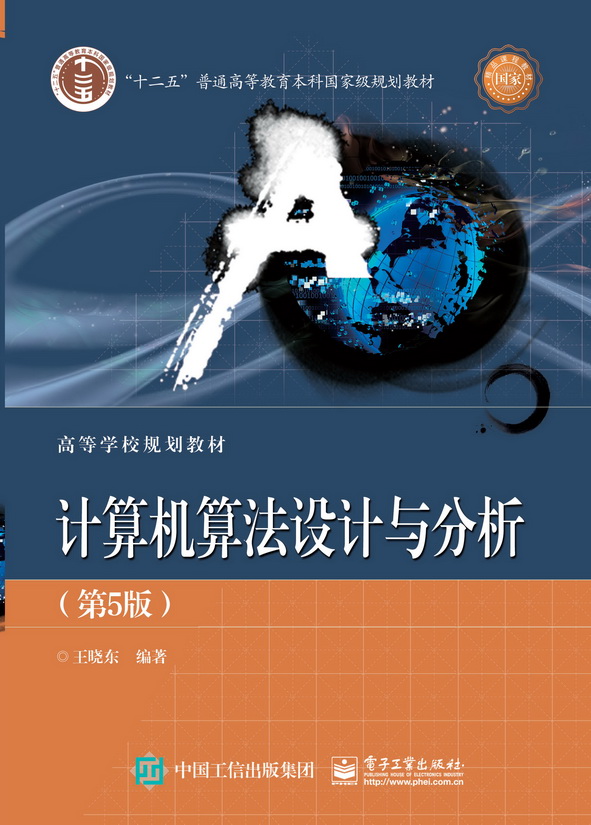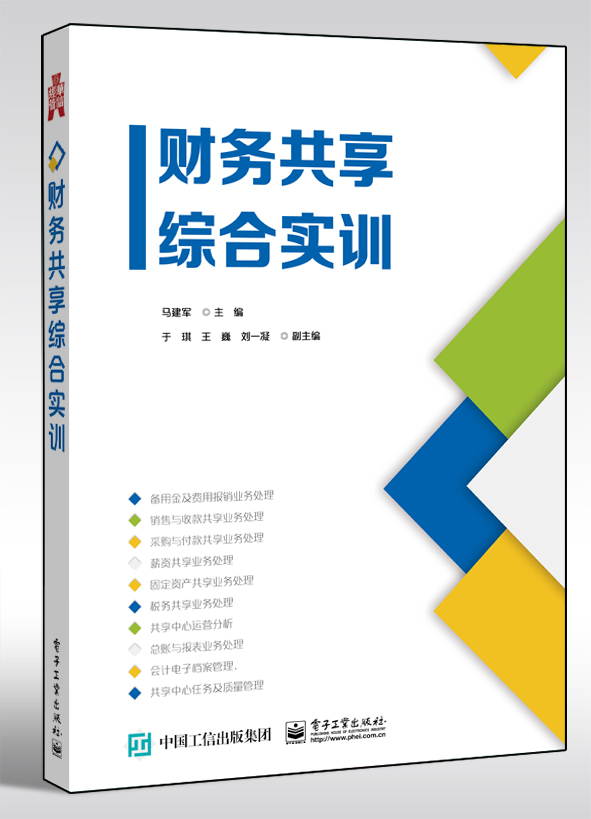通信系统(第四版)(英文版)
丛 书 名:
国外电子与通信教材系列
作 译 者:Simon Haykin(西蒙·赫金)
出 版 日 期:2020-01-01
书 代 号:G0380990
I S B N:9787121380990
图书简介:
本书可向授课教师提供英文原版教辅(PPT,习题解答),具体申请方式请联系Te_service@phei.com.cn。本书对通信系统的基础理论和关键环节进行了深入分析,力图让学生在讨论中领会通信的精髓。全书首先给出通信系统的梗概及需要研究的关键技术,接着分章详细讨论了随机过程、连续波调制、脉冲调制、基带脉冲传输、信号空间分析、通带数据传输、扩频调制、多用户无线通信、信息论基础,以及差错控制编码等。各章都附有大量习题,便于学生实践掌握。全书强调通信理论的统计基础,并给出了用MATLAB模拟的7个计算机实验,这些实验几乎覆盖了各章节的主要内容,形成了独特的通信理论"软件实验室”。
-
配 套 资 源图书特别说明:由于成本考虑,本书不作为参考书赠送。如果确有授课教材选用的需求,可将详细情况发送给本书专属联系人,我们将进一步沟通并酌情处理。本书可向授课教师提供英文原版教辅(PPT,习题解答),具体申请方式请联系Te_service@phei.com.cn。
本书资源
本书暂无资源 -
图 书 内 容
内容简介
本书可向授课教师提供英文原版教辅(PPT,习题解答),具体申请方式请联系Te_service@phei.com.cn。本书对通信系统的基础理论和关键环节进行了深入分析,力图让学生在讨论中领会通信的精髓。全书首先给出通信系统的梗概及需要研究的关键技术,接着分章详细讨论了随机过程、连续波调制、脉冲调制、基带脉冲传输、信号空间分析、通带数据传输、扩频调制、多用户无线通信、信息论基础,以及差错控制编码等。各章都附有大量习题,便于学生实践掌握。全书强调通信理论的统计基础,并给出了用MATLAB模拟的7个计算机实验,这些实验几乎覆盖了各章节的主要内容,形成了独特的通信理论"软件实验室”。图书详情
ISBN:9787121380990开 本:16开页 数:828字 数:1722.0本书目录
前 言
作者简介
本书暂无作者简介 -
样 章 试 读
-
图 书 评 价 我要评论
